Japan isn’t just a destination — it’s a whole world of its own!
It’s not just the neon lights of Tokyo or the quiet shrines in Kyoto — it’s the little things: the way someone bows slightly as you pass, the peaceful silence on a packed train, or how every bento box looks like a work of art…
From ancient shrines hidden in the heart of modern cities, to the quiet exchange of bows on bustling streets, Japanese culture is deeply layered, endlessly fascinating, and full of meaning in the smallest details.
Whether you’re planning to visit, move there, or just want to deepen your appreciation for the country, understanding how people live, think, and celebrate life in Japan gives you an entirely new lens on Japanese culture and daily life.
This blog is your go-to guide for understanding the heart of Japan — beyond the sightseeing and sushi.
In this guide, we’ll walk you through the traditions, values, daily customs, and festivals that make Japan so special — and so different from anywhere else on Earth!
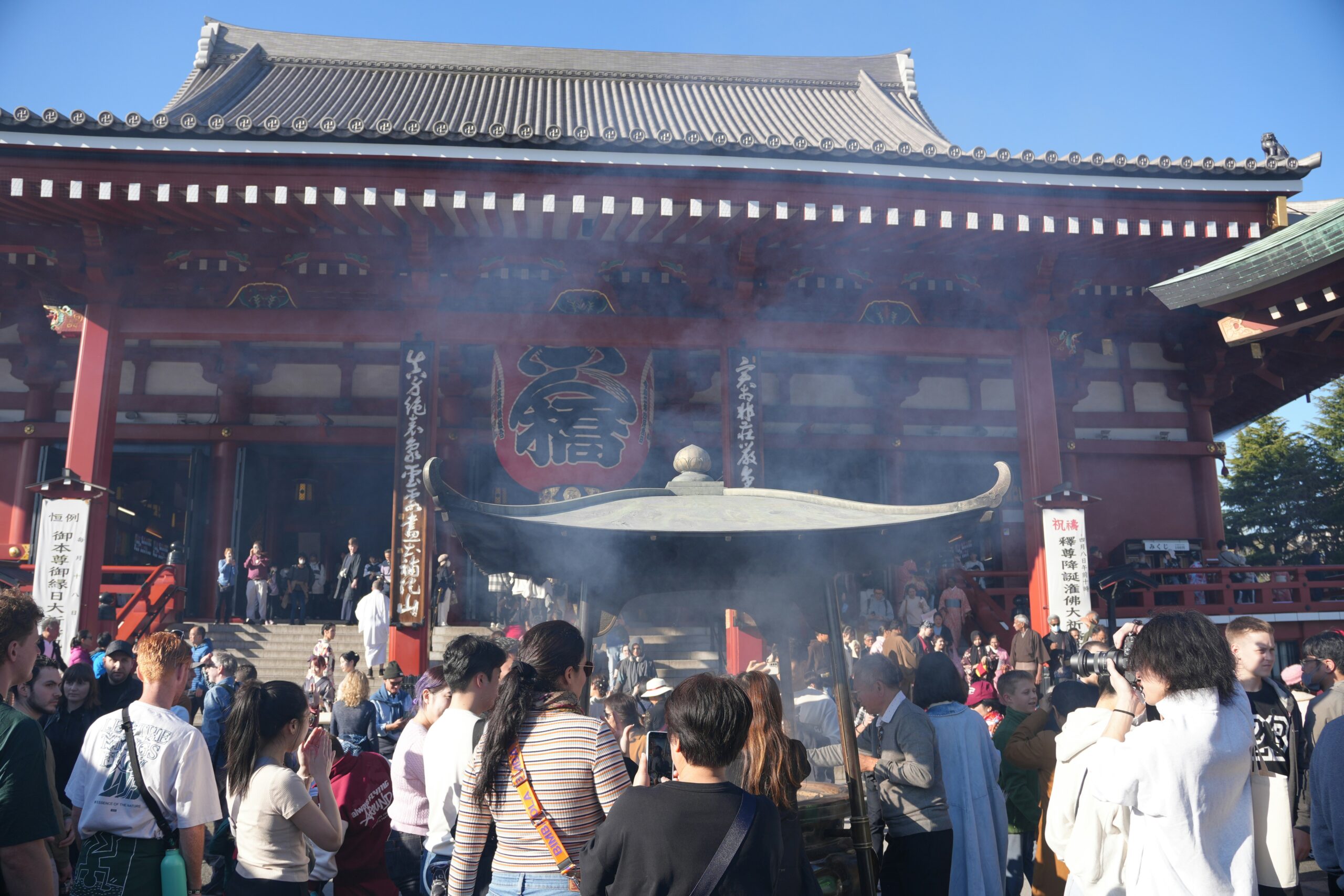
🇯🇵 Traditional Values & Etiquette
Politeness isn’t just a social expectation in Japan — it’s part of the cultural DNA. Everything feels incredibly respectful, even casual interactions!
You might think bowing is a formal gesture, but in Japan, it’s used daily — greetings, goodbyes, thank yous, apologies, even phone calls (yes, people literally bow while talking on the phone sometimes).
The idea of wa (harmony) is big here. People are always thinking about how their actions affect others. Being loud on public transport? That’s an absolute no-no. Making sure you stand on the correct side of the escalator so others can pass? Absolutely expected.
Even when someone disagrees with you, they’ll do it in a super roundabout, polite way — you almost don’t realise they’re saying no. But once you get used to it, you’ll actually start appreciating how thoughtful and subtle communication is in Japan. It’s a culture of reading the room — and it’s genuinely impressive.
Here are some general pointers:
- Bowing is a universal gesture of respect, whether greeting, thanking, or apologising.
- Punctuality is taken seriously. Being even 2 minutes late can be seen as disrespectful.
- People often avoid saying “no” directly. Indirectness and subtle communication are part of showing consideration.
In Japan, etiquette isn’t just about rules — it’s a reflection of values passed down through generations.
Once you start to notice the quiet unspoken rules at play, it gives you a deeper appreciation for just how thoughtful and intentional life here really is.
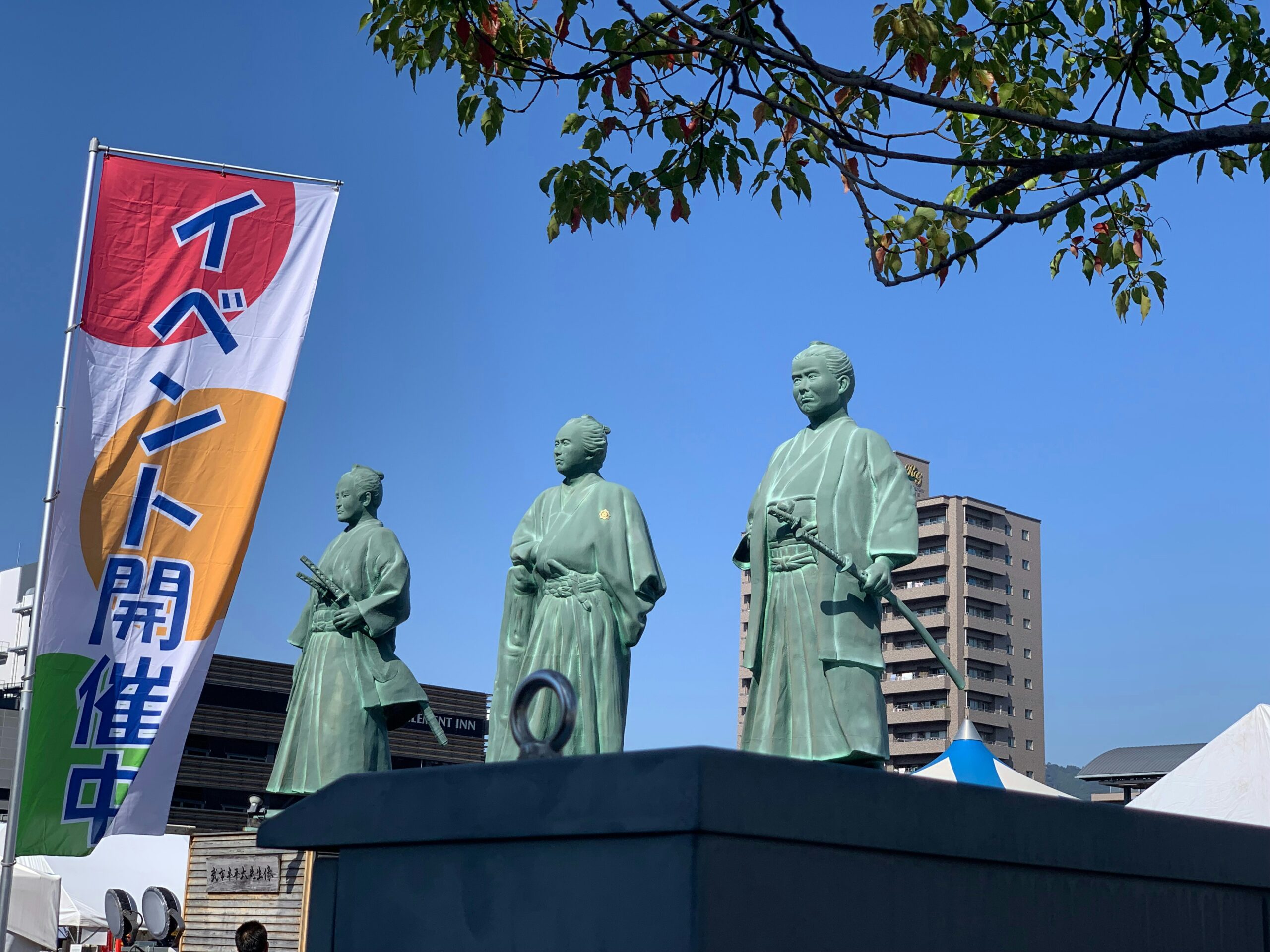
🏡 Daily Life in Japan
If you ever want to experience peaceful chaos, just spend a day in Tokyo…
The trains arrive literally to the second, even during rush hour. People queue without complaining, nobody pushes, and even though the city is massive, there’s this quiet sense of order that somehow makes everything run smoothly.
Most people live in compact apartments with minimal clutter. The homes are small, but they’re efficient, and everything has its place. Bathing at night is standard (and not just a quick shower — it’s a whole relaxing soak kind of vibe). And public spaces? Immaculate. Even the back alleys are cleaner than most shopping malls back home…
And let’s not forget the konbini! Japanese convenience stores are next-level — need dinner, a phone charger, a concert ticket, or socks at 2am? Sorted. Daily life in Japan is structured, clean, and has a surprising sense of calm — even in the chaos.
Some major contributing factors are:
- Trains are spotless, always on time, and often completely silent.
- Vending machines are on every corner, offering hot drinks in winter and cold in summer.
- Konbini (convenience stores) are incredibly clean, organised, and serve everything from meals to concert tickets.
Daily life here revolves around routines — and there’s something incredibly peaceful about it all. You’ll start to notice the small cultural touches in everything: how people line up, how food is packaged, even how garbage is separated with care.
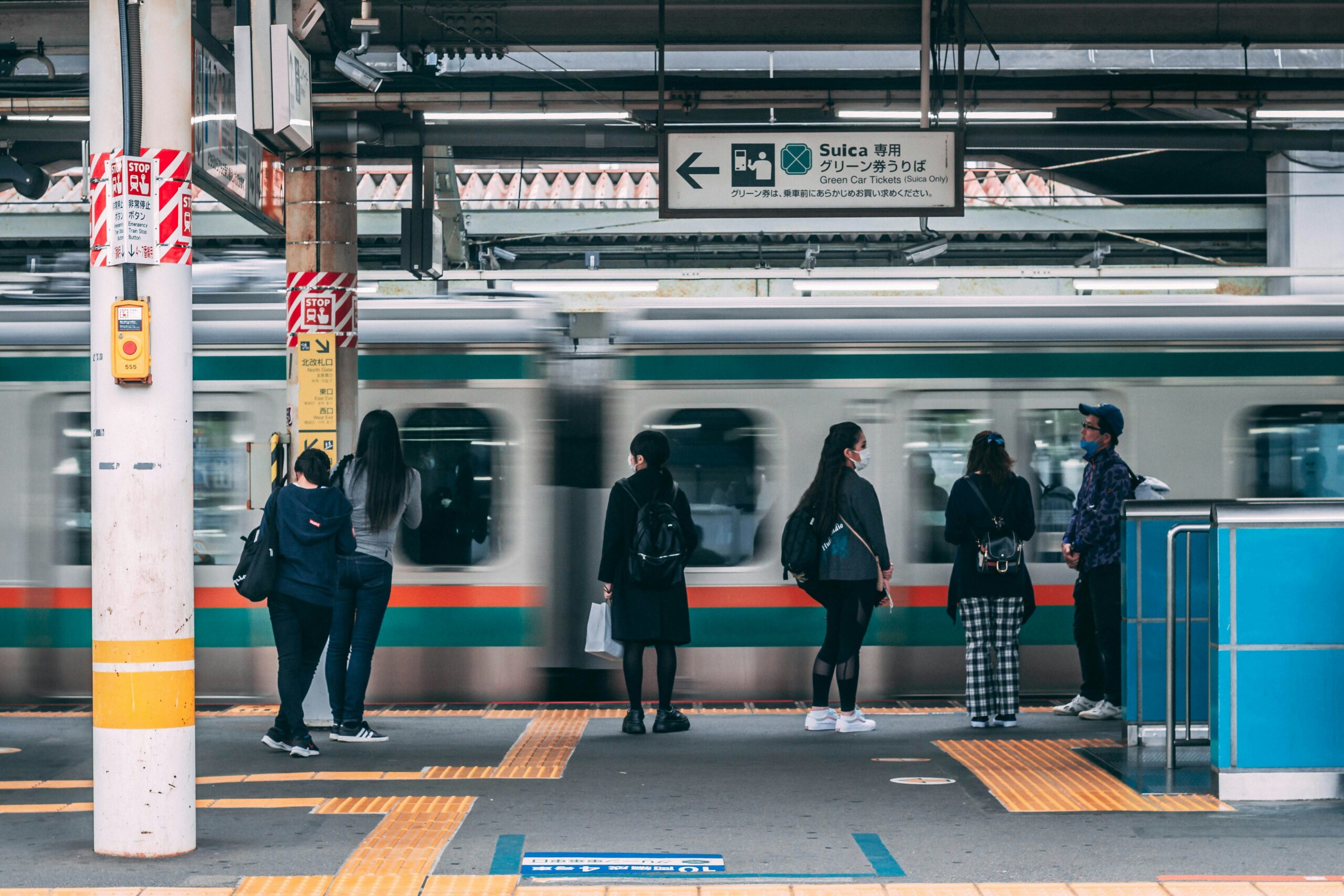
🍱 Japanese Food Culture
Food is one of the most expressive parts of Japanese culture — and it’s far deeper than just sushi and ramen.
Presentation matters. Meals are arranged with seasonal colours, symmetry, and care. Seasonal eating is the norm — with menus changing constantly throughout the year.
Every meal, even a quick snack, feels intentional. It’s common to hear people say “Itadakimasu” before eating and “Gochisousama deshita” after finishing — not just out of habit, but to show appreciation to everyone who played a part in the meal.
I mean, a ¥300 bento box from the supermarket looks better than most restaurant meals back home… Even the plastic-wrapped sweets at the station are wrapped like little gifts.
Seasonality is a huge part of food culture here. You’ll find strawberry-themed everything in spring, chestnut-flavoured sweets in autumn, and piping hot oden in winter (it’s delicious by the way).
And don’t even get me started on konbini food — yes, it’s that good. Try the onigiri (rice balls), sandwiches with no crusts, and the ridiculously fluffy pancakes.
Also, don’t be surprised when you’re eating in complete silence — it’s not awkward, it’s just respectful.
Also, ahem… I may just have a Famichiki addiction… but let’s just brush past that! (I mean, I might just have to write a whole blog just on Famichiki to be honest… It’s just too oishii!)
But yeah, here are some main points about Japanese food culture:
- Bento boxes are like edible art, packed with colour and variety.
- Home-cooked meals often include rice, miso soup, fish, and pickled vegetables.
- Konbini meals are surprisingly good — you can find high-quality onigiri, pasta, salads and more.
- Eating in silence is common in public — not because it’s awkward, but because it shows respect for the food.
Food isn’t just fuel in Japan. It’s a language of love, celebration, and artistry — and once you experience it, it changes how you see meals forever…
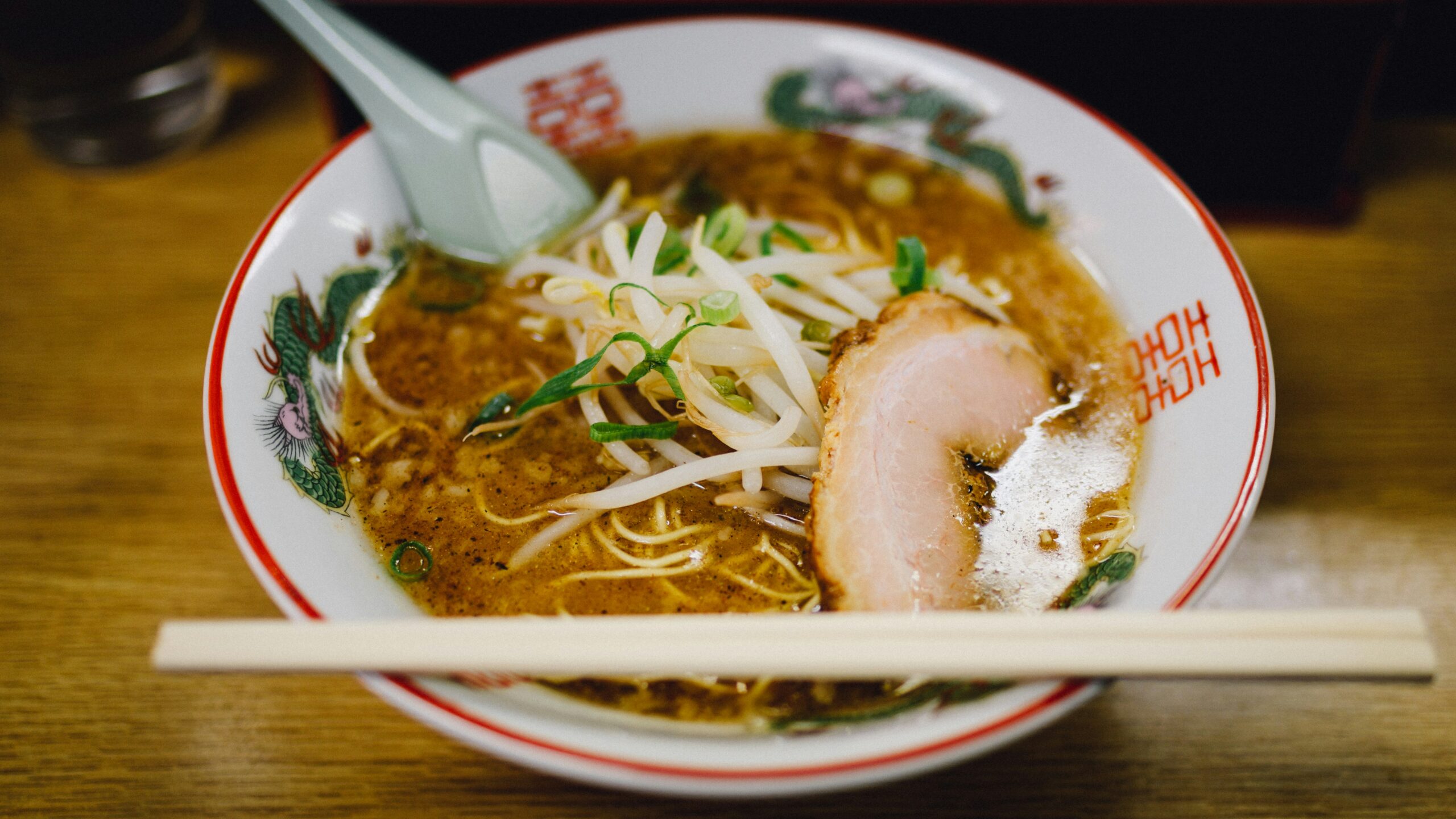
🎎 Festivals and Seasonal Traditions
No one celebrates the seasons quite like Japan does. With hundreds of local and national festivals (matsuri) throughout the year, there’s always something magical happening!
Every time of year brings something special, and people actually pause to enjoy it. It’s not just a “seasonal latte” vibe — we’re talking full-on cultural shifts and traditions that change with the weather.
Spring is all about hanami, or cherry blossom viewing. Whole parks turn into oceans of soft pink, and people gather under the trees with picnic mats, bento boxes, and sake. It’s not just about the flowers — it’s about celebrating beauty in the moment, which is kind of poetic if you think about it…
Summer ramps things up with matsuri — Japanese festivals that bring whole neighbourhoods to life. You’ll see colourful stalls, people wearing yukata, traditional dance performances, and streets filled with the smell of grilled yakisoba and sweet kakigori. And of course, there’s the fireworks — Japanese hanabi shows are some of the most jaw-dropping in the world!
Autumn brings momiji — the changing of the leaves. People travel across the country just to catch the best views of fiery red maple trees, especially around temples and mountains. It’s like nature’s final bow before winter.
And then there’s New Year (Oshogatsu), which is hands down the most important holiday in Japan. Instead of crazy parties, people visit shrines at midnight, eat symbolic foods like ozoni and osechi ryori, and take time to reset spiritually for the year ahead. It’s peaceful, thoughtful, and honestly kind of beautiful…
Every season has its own flavor — and the way Japan embraces them shows just how connected the culture is to nature, community, and tradition.
- Oshogatsu (New Year) is the biggest holiday, filled with shrine visits and symbolic food.
- Obon honors ancestors with floating lanterns and family gatherings.
- Hanami (cherry blossom viewing) is more than a picnic — it’s a spiritual reminder of life’s beauty and brevity.
- Summer festivals feature fireworks, yukata, and dancing in the streets.
- Local matsuri often include traditional music, lion dances, and portable shrines (mikoshi).
Even if you’re not religious or spiritual, being part of these festivals feels deeply moving. They’re joyous, communal, and show the best side of Japanese warmth and celebration!

🛐 Religion, Shrines, and Temples
Religion in Japan isn’t something loud or preachy — it’s subtle, ever-present, and woven into daily life in ways that feel more spiritual than strictly religious.
Most people in Japan don’t consider themselves devout, but it’s totally normal to follow traditions from both Shinto and Buddhism depending on the occasion.
You’ll find Shinto shrines tucked away in cities, forests, and even next to train stations… These are places where people go to pray for good luck, safe travels, health, love — you name it…
Before praying, people wash their hands at a purification basin, ring a bell, and clap twice to get the attention of the gods. It’s a peaceful moment of reflection, whether you’re spiritual or not.
Then there are Buddhist temples, often older and quieter, with incense smoke drifting through the air and massive bronze bells echoing across the grounds.
Temples are where people go to pay respects to ancestors, especially during events like Obon, a summer tradition when families return to their hometowns to honour the spirits of the dead.
You’ll also see people collecting omamori (good luck charms), drawing omikuji fortunes (and tying them up if they’re bad), and writing wishes on ema plaques to hang at shrines. These little rituals are part of everyday life, and they make you feel a quiet connection to something deeper — even if you’re just visiting for the first time…
- Shrines (Shinto) are places to pray for luck, health, love, and protection.
- Temples (Buddhist) are for reflection, remembrance, and honouring the dead.
- Most people practice rituals from both — it’s not either/or.
- You’ll often see people washing their hands at a shrine fountain, or ringing a bell before making a wish.
- Omamori charms, Ema plaques, and Omikuji fortunes are all ways people connect spiritually in small daily moments.
Even if you’re just a visitor, walking through a quiet shrine or temple gives you a peaceful window into how spirituality flows through modern Japanese life.

😮 Cultural Customs That Might Surprise You
There’s no sugarcoating it — your first few days in Japan are going to be filled with small “wait, what?” moments… But that’s honestly part of the fun!
Take shoes, for example. The moment you step into someone’s house — or even certain restaurants, temples, schools, or changing rooms — those shoes are coming off. It’s a big deal. There are usually slippers provided, and even separate ones for the bathroom. It’s not just about cleanliness; it’s about respect for the space.
Then there’s the train etiquette. Japanese trains are incredibly quiet — almost eerily so. People don’t take phone calls, conversations are soft, and even the announcements are calming. If you’re used to noisy commutes, this level of peace might feel strange at first… but then you’ll start to love it.
Gift-giving is another cultural art form. If someone helps you out, hosts you, or even just invites you over — it’s common to bring a small, thoughtful gift (often beautifully wrapped). The act of giving is as important as the gift itself.
You’ll also notice how orderly everything is. People queue up perfectly at bus stops and escalators. Even crossing the street feels like a coordinated performance. And while Japan is famous for its technology, you’ll be surprised by how cash-based everything still is — many places still don’t accept cards, so always have some yen on you.
At first, these customs might catch you off guard. But once they click, you’ll realize they’re not just “rules” — they’re tiny reflections of the country’s deeper values: respect, harmony, and being considerate of others. And once you adapt, they’re actually kind of addictive…
- Taking your shoes off before entering homes (and sometimes restaurants or changing rooms) is non-negotiable.
- Train silence — phone calls are frowned upon, and many people read or nap.
- Gift-giving is taken seriously — even souvenirs or apologies often involve a small, neatly wrapped present.
- Lining up happens everywhere — from elevators to escalators to train doors.
- Cash is still king, even in a country so modern — many places don’t take card.
At first, these customs might feel unusual — but after a few weeks, they become part of your new normal!

❤️ Final Thoughts: Discovering the Heart of Japan
Experiencing Japanese culture is more than just ticking off tourist spots. It’s about understanding the why behind the bow, the bento, the festival dance, or the quiet temple.
It’s also not just about memorising rules or mastering etiquette — it’s about noticing the quiet moments, the rhythm of the day, and the way people care for their space, food, and each other.
Once you start noticing these things, you’ll find yourself slowing down, appreciating small details, and seeing Japan in a whole new light…
Whether you’re exploring Japan for the first time or planning to live there long-term, immersing yourself in the culture opens the door to a far richer experience — one filled with subtle beauty, respectful kindness, and a deep connection to tradition.
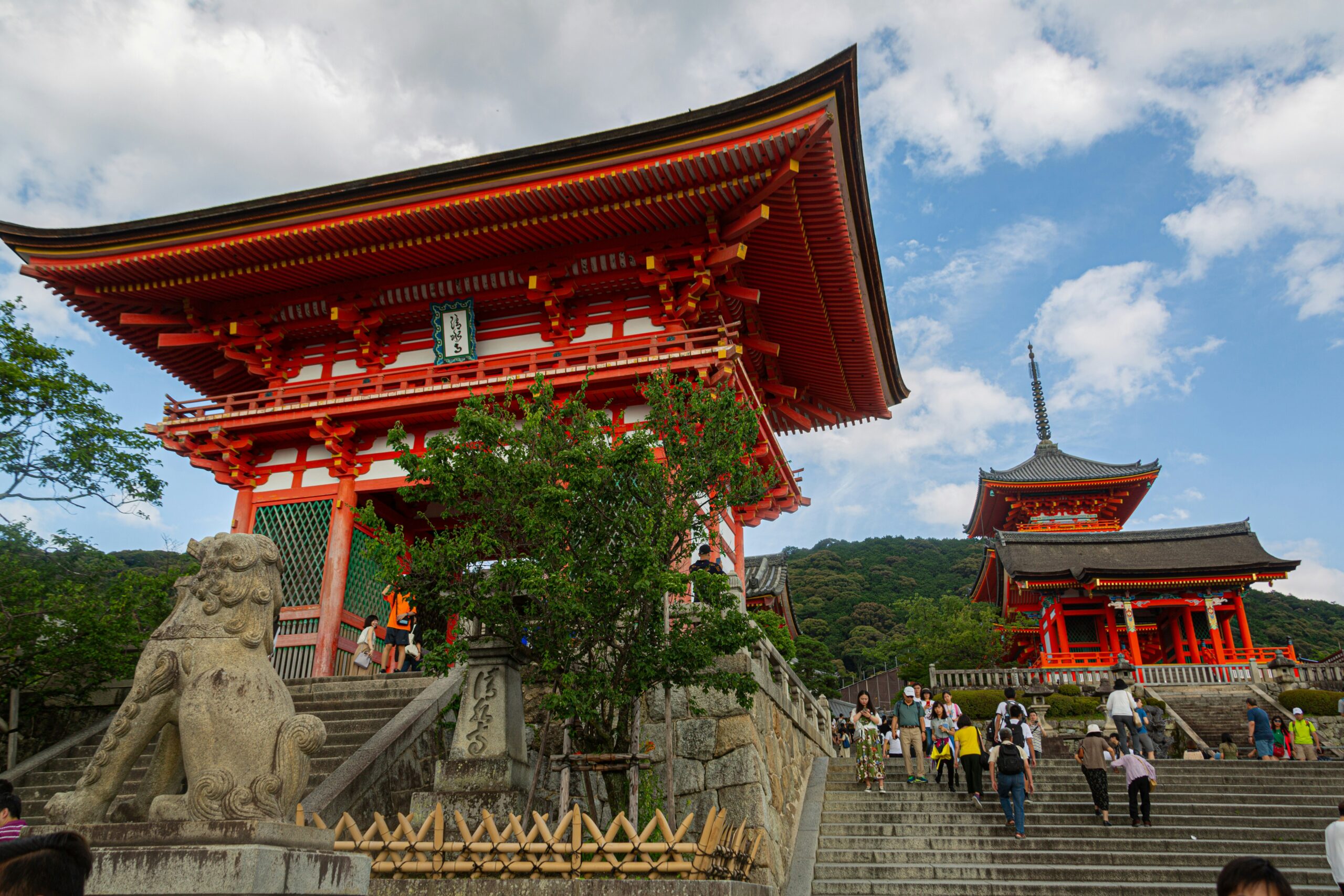
Curious to learn more?
👇 Check out our other culture-focused blogs below and keep exploring the real Japan.
